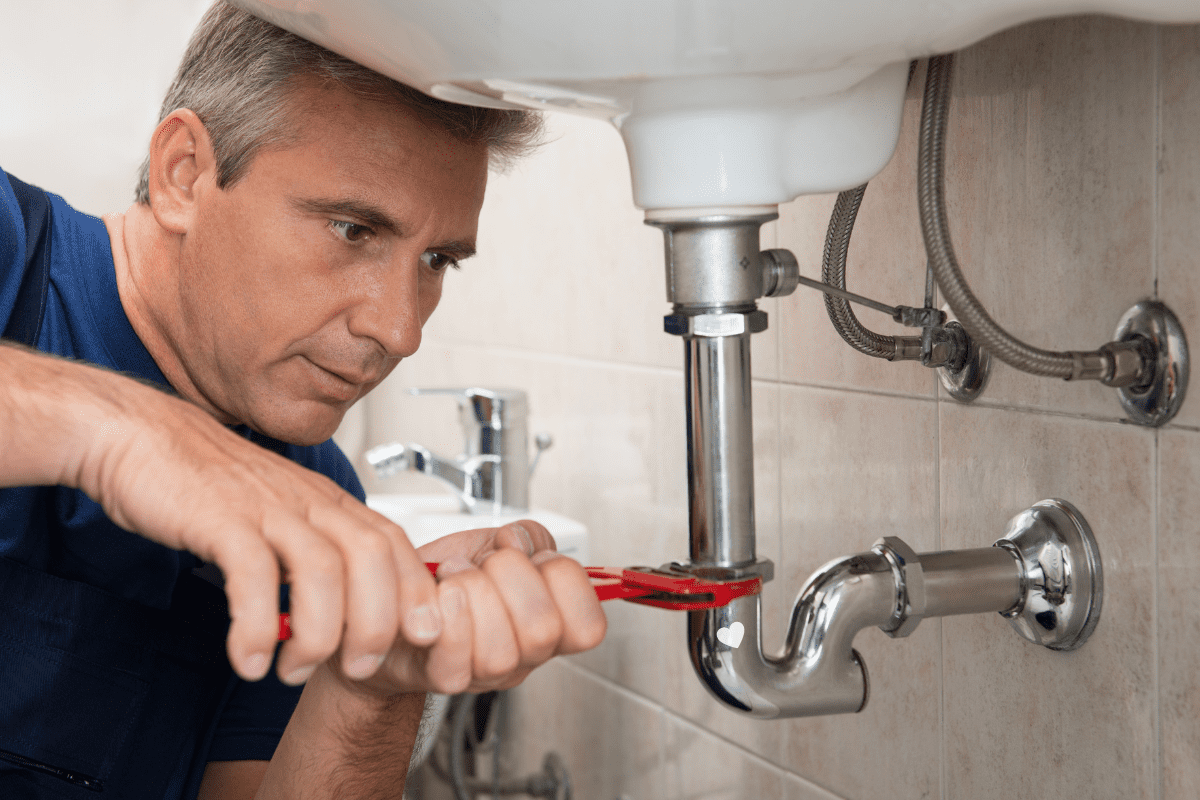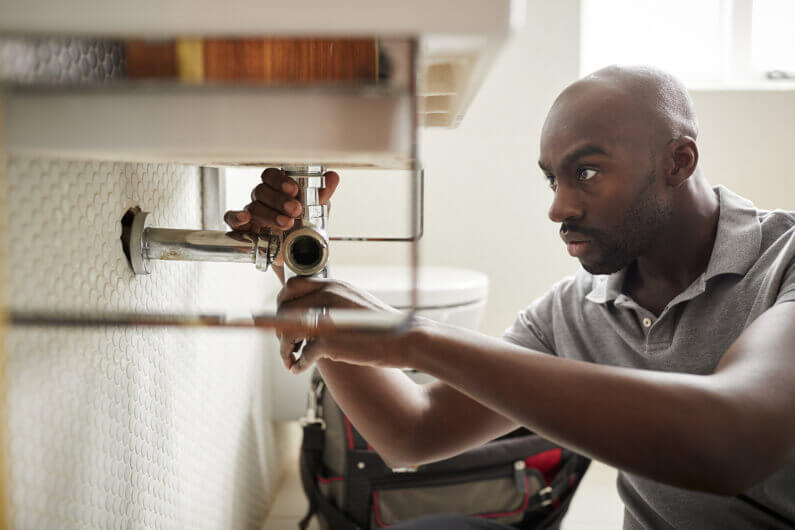A Step-by-Step Guide to Efficient Water Heater Installment for Optimal Efficiency
Beginning on the task of setting up a water heater is an endeavor that demands accuracy and a systematic strategy for accomplishing optimal efficiency. As you continue, the complexities of linking water supply lines and establishing up trusted electrical or gas links await, promising insights into ensuring effectiveness and dependability.
Picking the Right Hot Water Heater

Following, take into consideration the dimension and capability of the water heater. It's vital to analyze your home's warm water requirements, which can vary based upon the number of occupants and their use patterns. A system that's as well small might result in insufficient warm water, while an extra-large version might cause unnecessary energy usage.
Performance rankings likewise play a crucial role in option. Search for hot water heater with high Energy Element (EF) scores, showing premium efficiency and lowered energy usage. Tankless models, though normally a lot more pricey ahead of time, deal considerable energy savings gradually as a result of their on-demand heating capacities.
Preparing the Installation Area
Prior to mounting a brand-new water heating system, careful prep work of the setup location is essential. This guarantees a smooth installment process and aids stop future complications (Plumber Alabaster AL). Begin by choosing an appropriate location that abides by neighborhood building ordinance and safety and security criteria. The area needs to be dry, well-ventilated, and obtainable for upkeep. It's important to gauge the area carefully to suit the hot water heater's dimensions, making sure sufficient clearance around the unit for effective procedure and maintenance.
Following, remove any particles, dust, or obstructions from the site to produce a tidy atmosphere. Check the floor for stability, as the hot water heater will need a strong, degree surface to operate efficiently. If necessary, set up a drip frying pan below the device to catch potential leaks or spills, stopping water damage to the surrounding area. In areas susceptible to seismic activity, take into consideration mounting seismic bands to safeguard the heater firmly in position.
Additionally, ensure that all needed tools and materials are on hand prior to commencing the installation. This includes items such as wrenches, screwdrivers, a level, and any extra equipment required for securing the heater and mounting. A well-prepared setup area sets the foundation for an effective hot water heater configuration, maximizing efficiency and security.
Connecting Supply Of Water Lines
When linking water system lines to your recently installed water heating system, it is essential to ensure that all links are protected and leak-free to maintain reliable operation and protect against water damage. Begin by identifying the warm and cold water system lines. The cold water inlet is usually marked with a blue tag or a "C", while the warm water outlet is marked with a red tag or an "H".
Use versatile water heating system adapters to facilitate a less complicated installation process. These ports can absorb resonance and permit for slight motion, minimizing the danger of leakages. Before connecting the connectors, place a plumber's tape around the threaded ends of the hot water heater's inlet and electrical outlet pipelines - Plumber Alabaster AL. This tape serves as a sealer, stopping leaks. Meticulously link the versatile hose pipes to the corresponding inlet and outlet, ensuring that they are tight yet not over-tightened, which can harm the strings.
Once links are in area, slowly transform on the primary water supply valve. Examine each Recommended Reading link for leaks by visually feeling and examining for dampness. Tighten up links as required, and make certain the stress relief shutoff is appropriately mounted, securing versus excessive stress accumulation.
Establishing Electric or Gas Links
Appropriately establishing up the electric or gas connections for your water heating unit is a crucial step to ensure safe and reliable procedure. For electric hot water heater, begin by confirming that the electric circuit is compatible with the heating system's voltage and amperage needs. Ensure the power supply is turned off at the breaker to avoid accidents. Link the electric cables to the heater complying with the supplier's circuitry diagram. Commonly, this entails linking the ground wire to the environment-friendly terminal, and the remaining cords to their corresponding terminals, protecting each with wire nuts.
For gas water heating systems, security is critical. Link the gas line to the water heater utilizing a versatile gas adapter, guaranteeing it is effectively threaded and sealed with pipe joint compound or Teflon tape appropriate for gas connections.
Once links are read more made, check for any type of potential leakages. For gas lines, use a soapy water option to the joints; bubbles show a leakage. For electrical links, ascertain that all electrical wiring is protected and effectively protected, preserving conformity with local electric codes.
Changing and testing for Effectiveness
With the electrical and gas links firmly in place, the following action is reviewing the functional efficiency of your water heating system. Begin by carefully transforming on the water supply and making sure there are no leakages at any of the shutoffs or joints.
Next, do an more tips here extensive evaluation to make certain the heating aspects or burner are operating properly. For electric heating systems, utilize a multimeter to confirm if the aspects are drawing the appropriate existing. In gas versions, observe the burner fire; it must be consistent and blue, indicating efficient burning.
Adjust the setups as needed to eliminate inadequacies. Consider applying insulation steps, such as adding a hot water heater blanket, to even more improve efficiency by minimizing warm loss. Furthermore, check the anode pole's condition, as a deteriorated rod can lower effectiveness and bring about container rust.
Verdict
Effective water heating unit setup is important for guaranteeing optimum performance and energy cost savings. Safely connecting water supply lines and carefully setting up electrical or gas links lessen potential issues.

Effectively establishing up the electrical or gas links for your water heater is an essential action to guarantee risk-free and reliable operation. For electrical water heating systems, start by validating that the electrical circuit is suitable with the heating system's voltage and amperage needs. Link the gas line to the water heater making use of an adaptable gas port, ensuring it is correctly threaded and sealed with pipe joint compound or Teflon tape appropriate for gas connections.